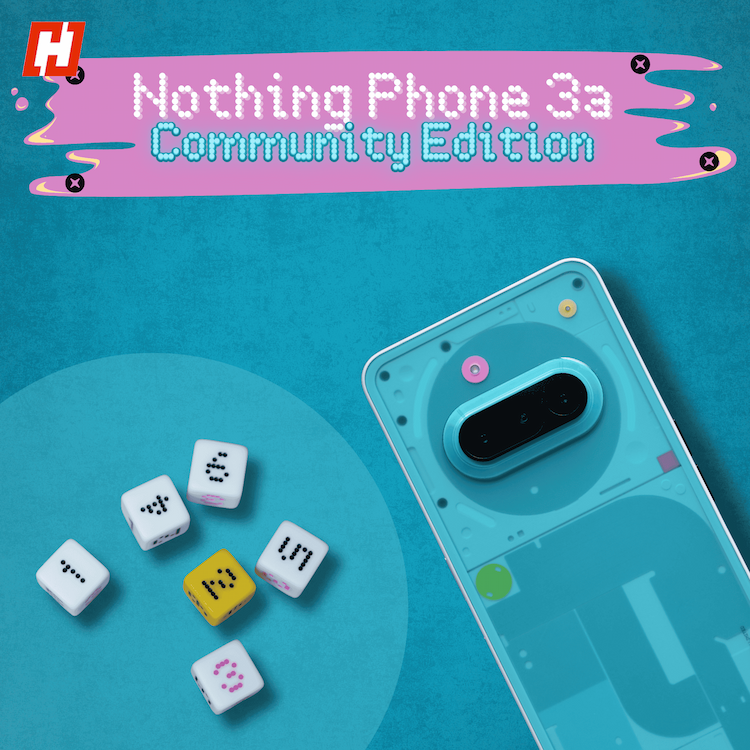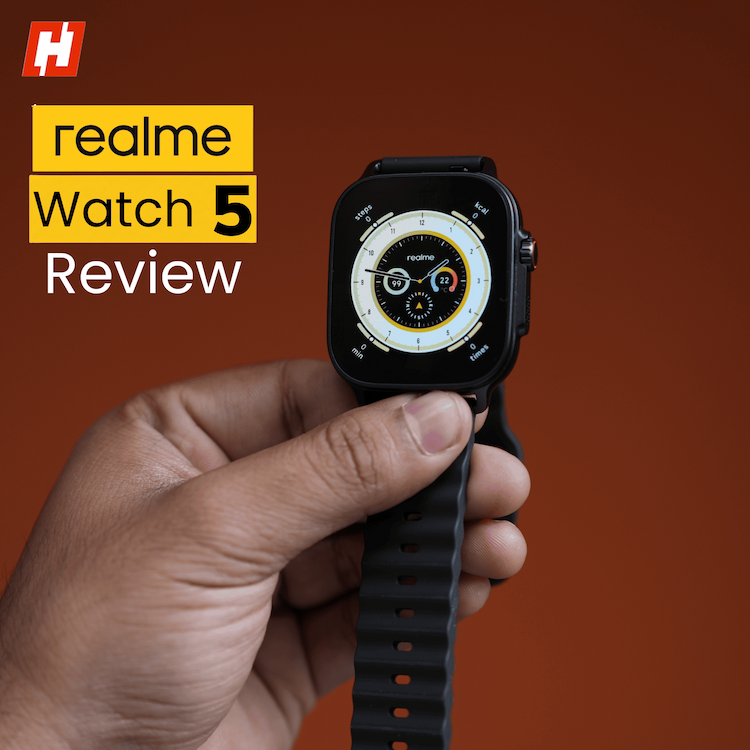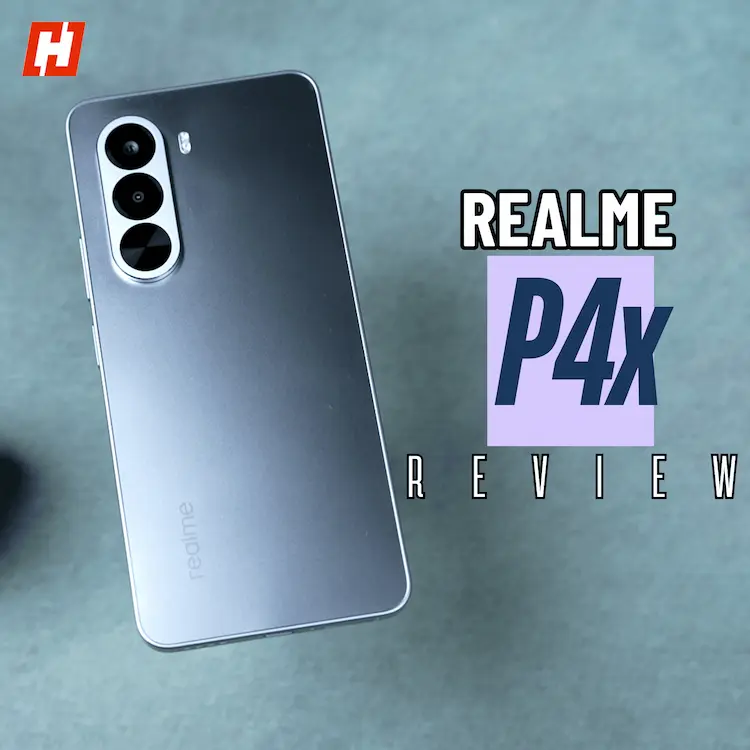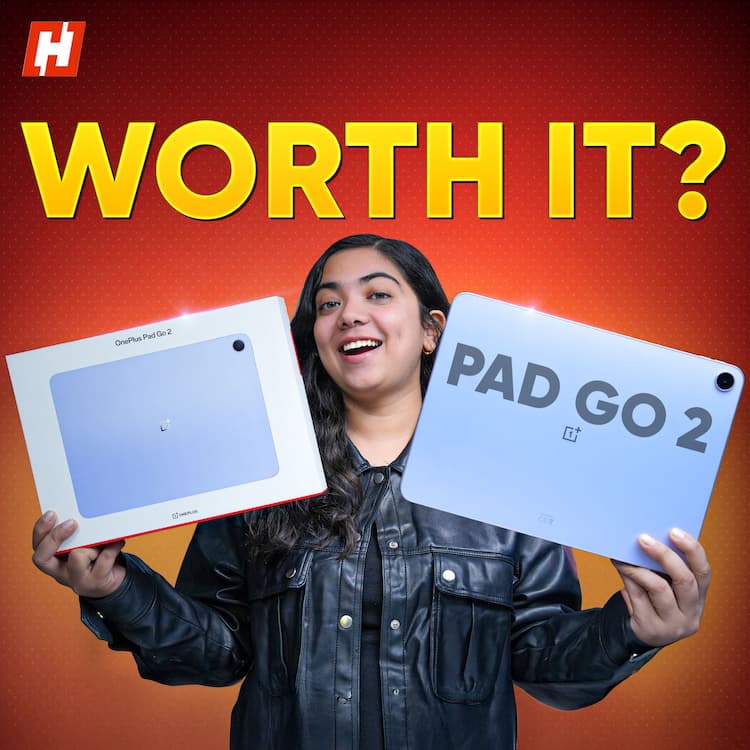The Realme 15 Pro just landed, and I’ve had my hands on it for a bit now. It’s aiming to be the go-to phone under ₹30K, and I can see why—bold design, strong specs, and some slick extras. But here’s the catch: it’s not alone. The OnePlus Nord CE 5 is out here with performance that means business, and the Nothing Phone 3a is turning heads with that clean, aesthetic vibe and solid camera setup.
I’ve been testing all three, and yeah, it’s been an interesting ride. Let’s break it down.
Realme 15 Pro Review: Performance
The Realme 15 Pro runs on the Snapdragon 7 Gen 4, which felt pretty solid in day-to-day use. But the Nord CE 5 has the Dimensity 8350 Apex, and it’s fast—no two ways about it. The Nothing Phone 3a, meanwhile, comes with the Snapdragon 7s Gen 3, which gets the job done, but doesn’t really push the limits.
Now, when it comes to RAM and storage, the Realme and Nothing both stick with LPDDR4X RAM. That’s fine, but the Nord steps it up with LPDDR5X, and you can feel the difference when switching apps or loading heavy games. Both Realme and Nord come with UFS 3.1 storage, which is quick and snappy. Nothing’s still on UFS 2.2, and it shows.
Also, shoutout to OnePlus for giving me expandable storage. Seriously, in 2025, that’s rare—and super useful.
On Antutu, the Nord straight up destroyed the others with over 1.4 million. Realme wasn’t bad at 1.09 million, but Nothing didn’t even cross the million mark.
I also ran the 3DMark Wild Life Extreme Stress Test on all three. The Nord posted the highest loop score, but it tanked on stability—just 33.2%. Realme and Nothing weren’t as powerful but kept things consistent with over 99% stability.
The CPU throttling test was more revealing. The Nothing 3a held up really well, dropping to just 92%. Realme dropped to 89% but managed higher peak performance. The Nord, surprisingly, dropped hard to 69% and didn’t recover well.
Gaming gave me a clearer picture. On BGMI, the Nord averaged 118.4fps, with 5% lows at 112.5fps. That’s buttery. It also stayed pretty cool, maxing out at 37.4°C. The Realme stuck close behind, averaging 89.5fps, but it ran hot at 40.1°C. The Nothing 3a says it supports 120fps, but in reality, I never saw it go beyond 90. It did stay cooler though, topping out at 34°C.
Both Realme and Nord include bypass charging, which saved me during long gaming sessions. Nothing skipped it, and I really felt that.
If gaming is your priority, I’d say it’s between Realme and OnePlus. Nothing’s stable, sure, but it never really got aggressive.
Realme 15 Pro Review: Cameras
Nothing’s setup looks great on paper—50MP main with OIS, a 50MP 2x telephoto, and an 8MP ultrawide. Realme looks like a triple cam too, but it’s really just a 50MP main with OIS and a 50MP ultrawide. But the front? That’s where it flexes, with a 50MP selfie cam. Nord goes basic with a 50MP main, 8MP ultrawide, and a 16MP selfie.
In daylight, all three shoot solid photos, but each has quirks. Realme captures great detail but sometimes messes up white balance. Nothing leans toward underexposing, and Nord plays it safe. Consistent, but never impressive.
In low light, the Realme pulled ahead. It managed good detail and nailed the exposure better than the others. Nothing’s images were often too bright, and Nord just struggled with shadows.
Ultrawide is another Realme win. It gave me sharper, better-balanced shots. Nord’s ultrawide photos lacked punch, and Nothing was decent but not standout.
Video performance? Nothing’s capped at 4K 30fps, while Realme and Nord both go up to 4K 60. Stabilisation is good on all three, but I preferred the colour science on Nothing’s footage.
Selfies are where Realme shines. That 50MP front camera is sharp, clean, and handles edge detection well. Nothing comes close, but Nord’s selfies looked flat and a bit washed out.
For me, Nothing wins in overall camera versatility. But Realme really impressed in low-light, ultrawide, and selfie performance.
Realme 15 Pro Review: Design
All three phones have their own vibe. The Nord CE 5 looks polished, especially in that blue colourway. But it skips the alert slider and the new Plus key, which honestly makes it feel a bit stripped down.
The Realme 15 Pro in Silky Purple is a total attention grabber. But once I held it, I could tell the plastic back gives away its budget roots. That said, it’s super light and slim, and that made a big difference during daily use. It’s the easiest to carry and handle one-handed.
Nothing still owns the aesthetic category. Those glyph lights are cool, no denying that. But Realme isn’t far behind with its colour-changing pulse ring around the camera. It lights up for notifications and looks surprisingly slick without being too in your face.
Realme also borrows a neat trick from Moto phones—you can shake it to open the camera or flashlight. It’s gimmicky, sure, but I found myself using it more than I expected.
Durability is another area where Realme comes out swinging. It has IP66, IP68, and IP69 ratings, plus Gorilla Glass 7i up front. That’s top-tier ruggedness for a phone at this price. The Nord gets IP65, and Nothing settles for IP64 with Panda Glass. That gives Realme the edge in real-world toughness.
Realme 15 Pro Review: Display and speakers
Out of the three, Realme’s display impressed me the most. It’s a 6.8-inch 10-bit AMOLED panel with 1800 nits HBM and 6500 nits peak brightness. In short, it’s insanely bright, vibrant, and super easy to see in direct sunlight. Watching content, scrolling, and gaming all looked great on it.
But I do have a couple of gripes. The quad-curved panel feels a bit too dramatic. It looks premium, but it’s harder to use. I had more accidental touches than I liked, and good luck finding a proper screen protector that fits those curved edges. Also, while the display supports 144Hz, it doesn’t actually run at that refresh rate in games. Right now, it only kicks in for system-level animations and scrolling.
In the speaker department, Realme and Nothing both come with stereo speakers that sound full and balanced. OnePlus, surprisingly, only packs a mono speaker—and that feels like a serious miss in 2025. For media consumption, that one detail made a huge difference.
Realme 15 Pro Review: Software
Here’s where each phone takes a totally different approach.
Nothing OS is the cleanest of the three. It feels light, fluid, and easy to use. It doesn’t come with any unnecessary apps, and it just works. Plus, it promises three years of Android updates and six years of security patches. That’s solid.
OnePlus with OxygenOS 15 is also fast and smooth. I’ve always liked how it handles animations and gestures, and this version feels more stable than the last couple of years. OnePlus also offers four years of Android updates and six years of security patches, which is the best in this lineup.
Realme UI 5.0 is where things get busier. It’s loaded with features, including a bunch of AI tools like glare removal in photos, voice editing, and smart gallery suggestions. If you enjoy tweaking settings and exploring extras, Realme gives you more to play with. But it does come at the cost of a slightly cluttered interface. And here’s the downside: Realme only promises two years of Android updates and three years of security support. That’s disappointing for a phone this capable.
So, if you care about long-term support and simplicity, Nothing or OnePlus are the safer bets. But if you want AI tools and customisation out of the box, Realme delivers the most.
Realme 15 Pro Review: Verdict
So here’s where I landed after using all three.
If you’re big on design and want a phone that makes a statement, the Nothing Phone 3a nails it. The glyph lights, that clean UI, and the versatile cameras—it’s built to stand out.
The Nord CE 5, on the other hand, is all about brute strength. It’s fast, smooth, and built for the long haul with great software support and killer gaming performance.
But the one that feels the most balanced to me is the Realme 15 Pro. It might not be the best at everything, but it doesn’t mess up anywhere either. Great display, solid cameras, dependable performance—it just quietly delivers on all fronts without trying too hard. That’s what makes it special.





